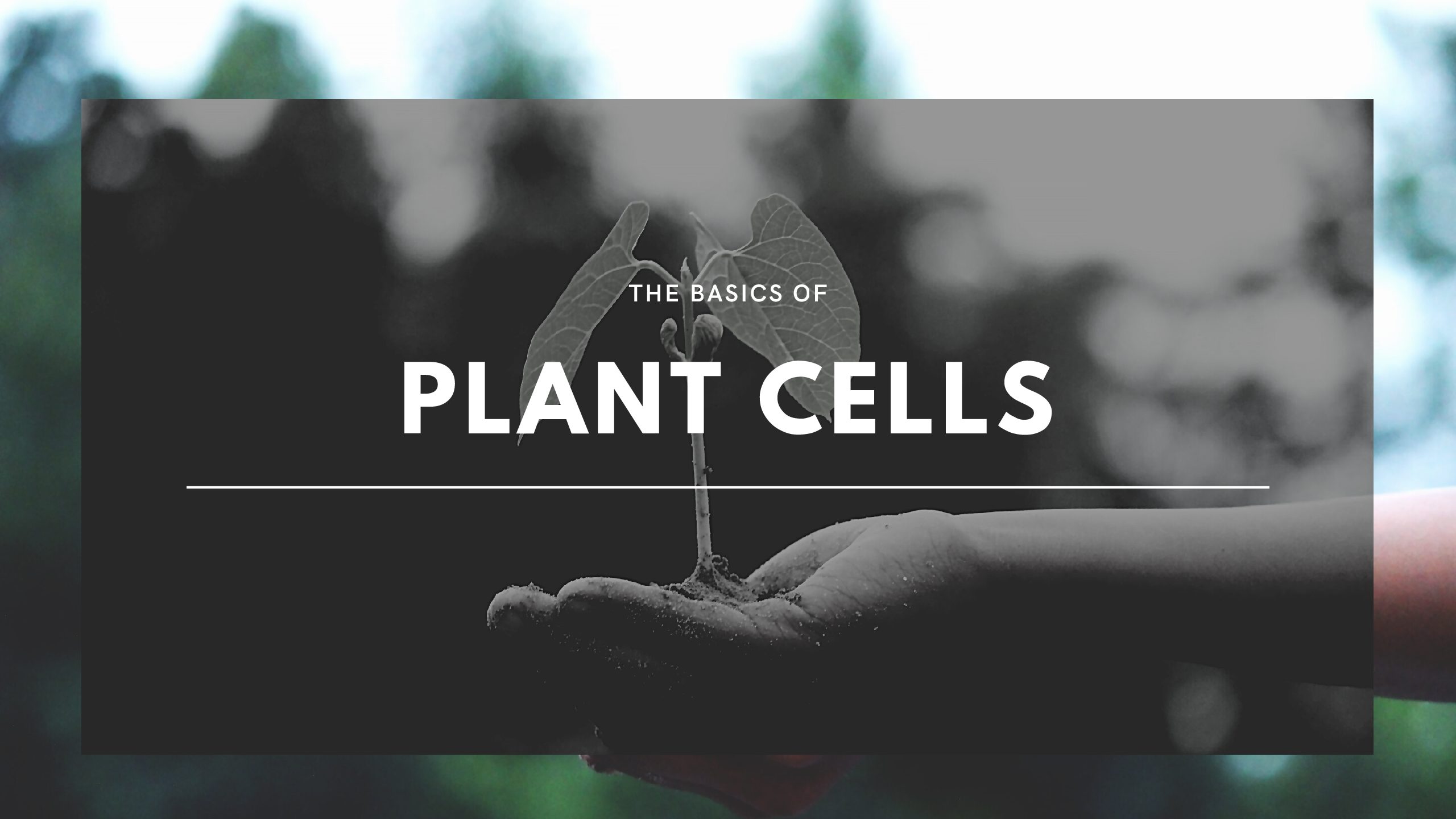Plants cells are a critical part of life as we know it. Plant cells are a basic unit of being under the category of Plante in the animal kingdom. They are classified as eukaryote cells, and contain a nucleus. Animals, protists, and fungi also classify as eukaryote cells, while archaea and bacteria classify have simpler prokaryotic.
Plant cells differentiate from other organisms in their cell walls, central vacuole, and chloroplast. The chloroplast within the plant cells can often go through photosynthesis, which in turn produces glucose. The plants then use carbon dioxide as energy to create oxygen.
Animals and other cells need oxygen and glucose to survive, which contrasts with how plants work. Plants do not require food from other organisms; in fact, they are creating their own food; they are considered autotrophic. They accurately classify into another category; photoautotrophic, meaning they can produce glucose from the sun by using light energy.
The plant cell contains a variety of different parts that are important to note when analyzing a plant cell.
Chloroplast
The chloroplast is found selectively in algae and plant cells. The organelles run the process of turning carbon dioxide, water, and sun into nutrients. They are classified by their oval-like shapes and contain an inner and outer membrane.
Vacuoles
Plant cells contain a large central vacuole, an incredibly unique feature. A small sphere of the plasma membrane, the vacuole primarily contains other molecules, ions, and fluids. While vacuoles can be found in other organisms, plant vacuoles are unusually large and can take up to 80% of the cell.
Cell Wall
The cell wall is a specifically tough layer found on the outside of the cell. The primary function of the wall is to give the cell strength and maintain turgidity. In plants, the cell wall is made up of primary cellulose, along with other molecules like lignins, hemicellulose, and pectin. The main difference between a plant and an animal is that a plant cell contains a cell wall, while an animal cell does not.
Keep an eye out for a following article delving deeper into the wonder that is, the plant cell.
